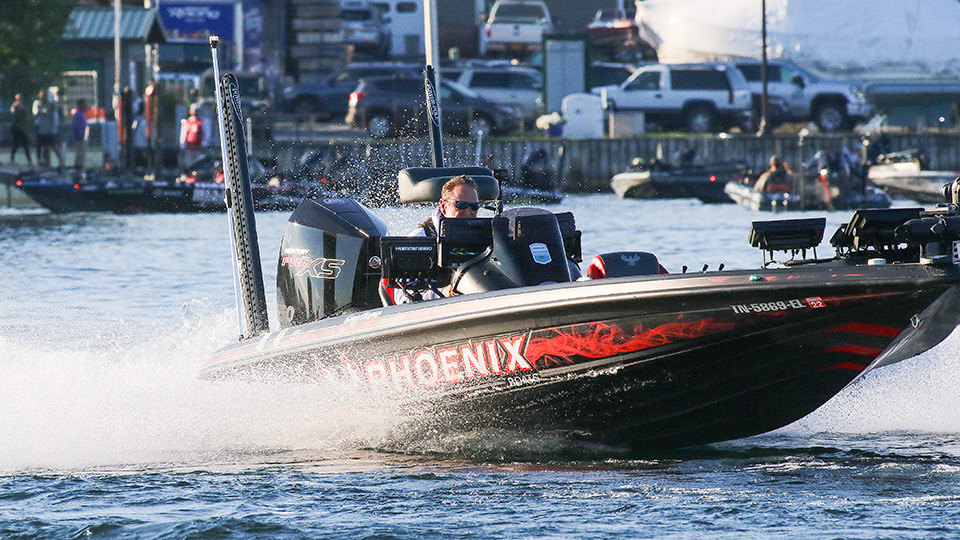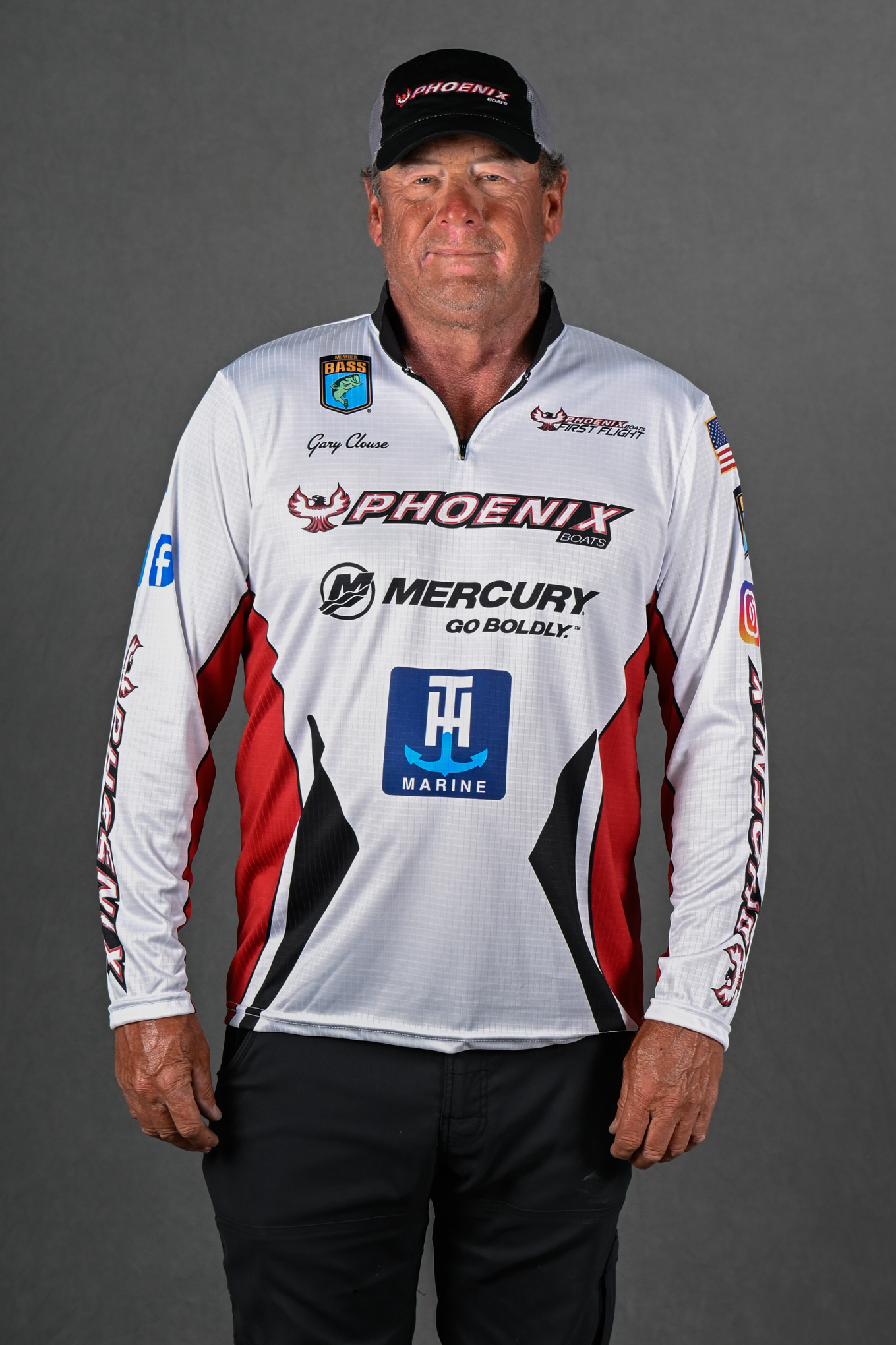
You don’t hear a lot about guys fishing worms in the Bassmaster Elite Series, but when we go to Florida, the ol’ plastic worm gets the attention it deserves.
Back in the early tournament days, you rarely went to an event without having a worm of some kind tied on. New shapes and designs of soft plastics became trendier, but don’t believe for a second that the plastic worm isn’t effective anymore.
Bass still bite it regularly, but many anglers have forgotten it. Or they have fallen in love with the latest trendy plastic, like creature baits, Ned rigs, drop-shot baits and others.
Yet, bass will eat a straight-tail, ribbon or curly-tail worm today just as well as they did decades ago.
In addition to the traditional drop-and-lift Texas rig, we’ve learned we can fish it a variety of ways.
For example, in Florida and around other shallow grass lakes, swimming a worm is a good way to catch bass around the spawn and postspawn.
When I finished 10th at the St. John’s River tournament with 54 pounds, I caught most of my fish by swimming a Zoom Mag Ultra Vibe Speed Worm around shallow, isolated weed patches. The fish were up there trying to spawn, and the subtle action of that swimming worm was enough to make them bite.
It’s also a really good bait to fish around bass guarding fry. Of course, a stickworm like a Senko will also catch them, but when everyone else is throwing those, there are times when the swimming Speed Worm can get you more bites plus help you cover water a little faster.
I’ve fished the Speed Worm weightless when I really need to fish super shallow and slow down. The sinking nature of fluorocarbon helps with that.
At the recent Elite event on Lake Okechobee, I had three good fish in my livewell caught on bladed jigs, but the bite shut down. I rigged up a 6-inch Ultra Vibe Speed Worm weightless and quickly caught two 1 1/2-pound bass. Granted, I was able to cull them, but those bites helped get me my limit and settled me down.
However, my favorite rigging is with a 1/4-ounce sinker. If the weeds are thick and water stained, I will fish it on 30-pound braid, but most of the time I like to use it with 20-pound fluorocarbon. My colors are watermelon red under bright skies in clear water and junebug red flake in other situations.
I’ve used it around brush and stumps on Old Hickory when bass are up there guarding fry. That’s when I prefer a 3/16-ounce sinker on 12- to 14-pound fluorocarbon. Black with red flake is my preferred color there.
Obviously, trendy bladed jigs and jerkbaits are good choices during the early spring, but don’t discount what a plastic worm can do for you or how versatile it can be when you need a few more bites.





